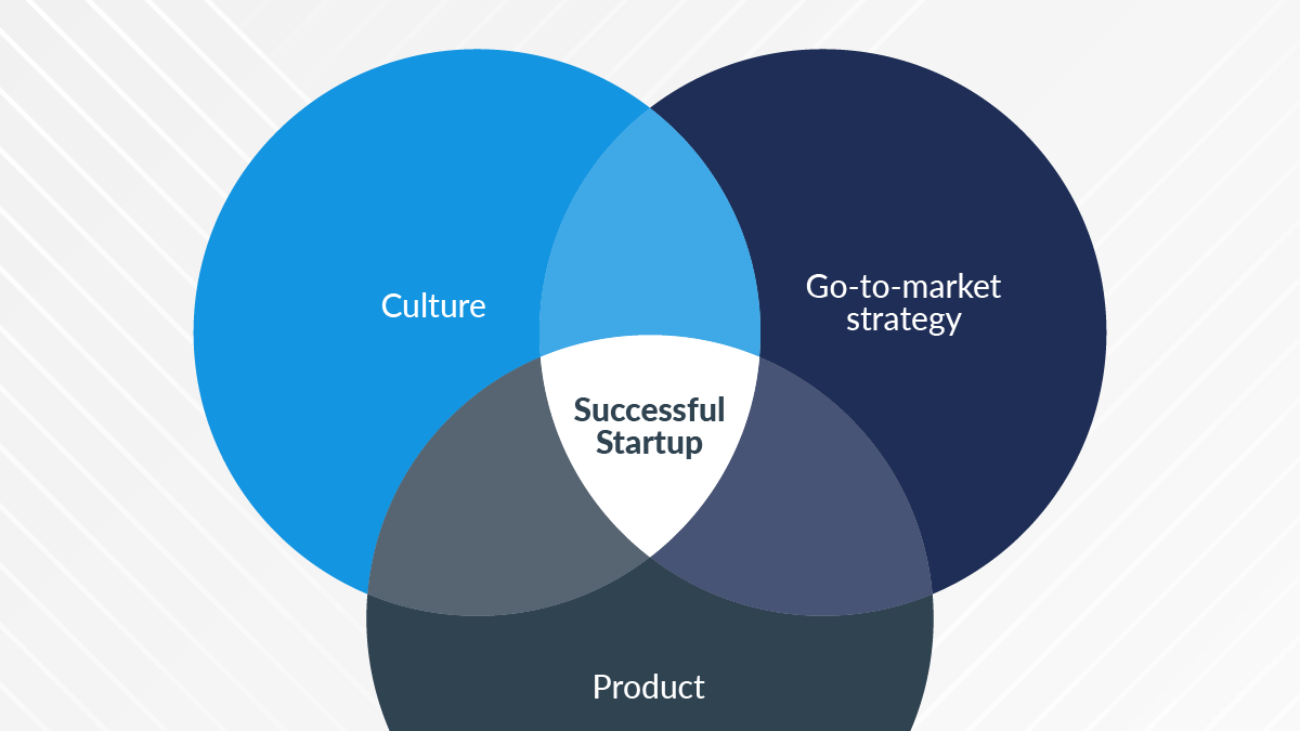The benefits of using data and analytics to make better financial decisions
There are many benefits to using data and analytics to make better financial decisions. Some of the key benefits include:
- Improved financial performance: Data and analytics can help businesses to identify and capitalize on opportunities, improve operational efficiency, and reduce costs. This can lead to improved financial performance over time.
- Reduced risk: Data and analytics can help businesses to identify and mitigate risks. This can help to protect businesses from financial losses and improve their overall resilience.
- Better decision-making: Data and analytics can help businesses to make more informed and strategic decisions. This can lead to better outcomes in all areas of the business, including finance.
- Increased transparency and accountability: Data and analytics can help businesses to improve transparency and accountability. This can help to reduce fraud and other financial irregularities.
- Improved customer satisfaction: Data and analytics can help businesses to better understand and meet the needs of their customers. This can lead to improved customer satisfaction and loyalty.


Here are some specific examples of how data and analytics can be used to make better financial decisions:
- Budgeting and forecasting: Data and analytics can be used to create more accurate and realistic budgets and forecasts. This can help businesses to better manage their finances and avoid financial surprises.
- Pricing: Data and analytics can be used to set optimal prices for products and services. This can help businesses to maximize revenue and profits.
- Risk management: Data and analytics can be used to identify and assess risks, such as credit risk, market risk, and operational risk. This can help businesses to develop and implement effective risk management strategies.
- Fraud detection: Data and analytics can be used to detect and prevent fraud. This can help businesses to protect their assets and reduce financial losses.
- Investment decisions: Data and analytics can be used to make more informed investment decisions. This can help businesses to grow their wealth and achieve their financial goals.
Overall, data and analytics are essential tools for making better financial decisions. By using data and analytics, businesses can improve their financial performance, reduce risk, make better decisions, and increase transparency and accountability.
How to get started with using data and analytics for financial decision-making
If you are interested in using data and analytics to make better financial decisions, here are a few tips to get started:
- Identify your goals. What do you want to achieve by using data and analytics? Do you want to improve your budgeting and forecasting? Set optimal prices? Reduce risk? Make better investment decisions? Once you know your goals, you can start to identify the specific data and analytics tools and resources you need.
- Collect and organize your data. The first step to using data and analytics is to collect and organize your data. This may involve gathering data from different sources, such as accounting software, CRM systems, and website analytics. Once your data is collected, you need to clean and organize it so that it can be easily analyzed.
- Choose the right data and analytics tools. There are a variety of data and analytics tools available, so it is important to choose the right tools for your needs. Consider the size and complexity of your data, your budget, and your level of expertise when choosing data and analytics tools.
- Analyze your data. Once you have collected and organized your data, you can start to analyze it to identify trends, patterns, and insights. This can be done using a variety of data analysis techniques, such as statistical analysis, machine learning, and artificial intelligence.
- Take action. Once you have analyzed your data, you need to take action based on the insights you have gained. This may involve adjusting your budget, changing your pricing strategy, or making different investment decisions.

Conclusion
Using data and analytics to make better financial decisions is a complex process, but it is well worth the effort. By following the tips above, you can get started with using data and analytics to improve your financial performance and achieve your financial goals.
























